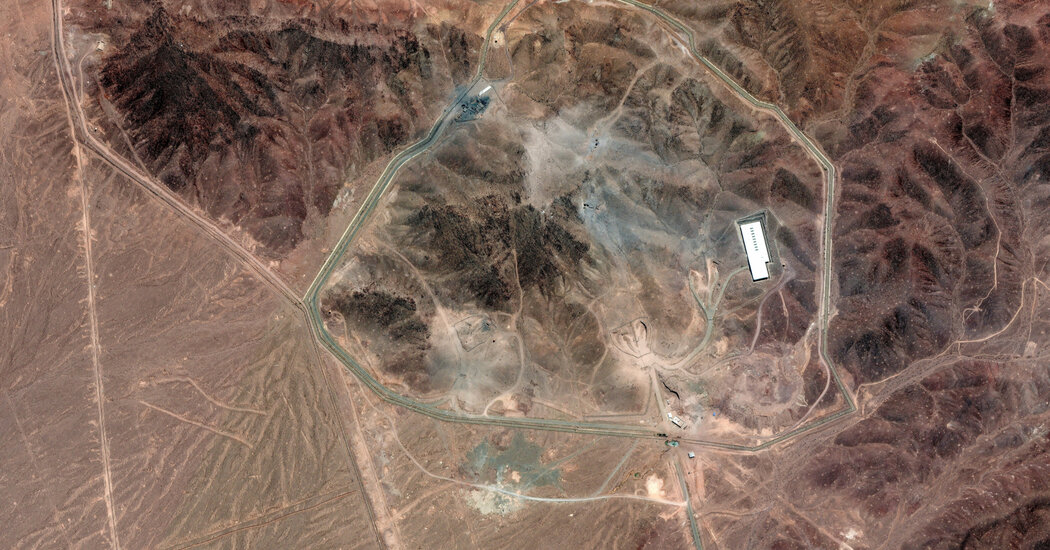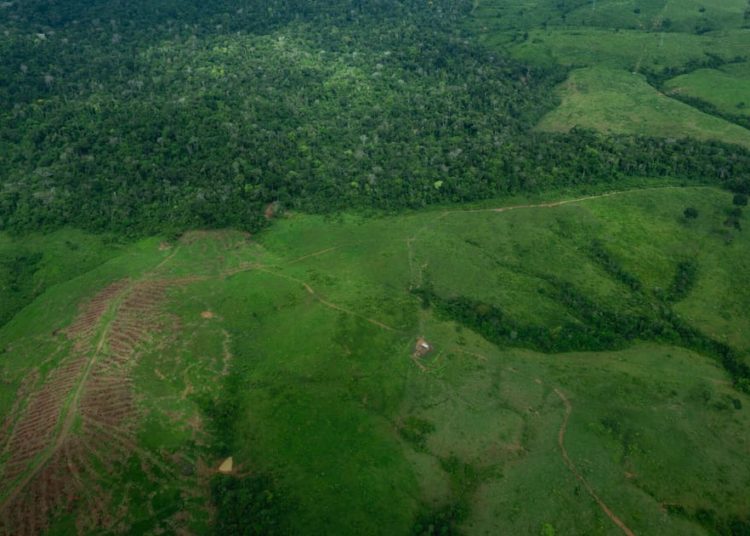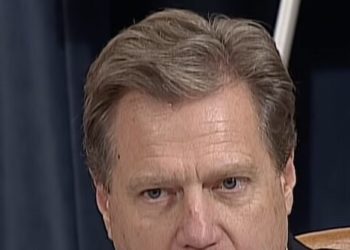Iran’s deeply buried nuclear enrichment plant at Fordo was badly damaged, and potentially destroyed, by the 12 massive bombs that U.S. Air Force B-2 bombers dropped on it last month, according to a new American intelligence assessment.
Two other nuclear sites targeted in the U.S. attacks were not as badly damaged, but facilities at the sites that would be key to fabricating a nuclear weapon were destroyed and could take years to rebuild, U.S. officials said.
A senior Israeli official said last week that the strikes most likely did not eliminate the stockpile of near-bomb-grade fuel that could be used to produce upward of 10 nuclear weapons. But without the facilities to manufacture a weapon, U.S. officials insist, the fuel would be of little use even if the Iranians can dig it out of the rubble.
The new assessment helps create a clearer picture of what the combined Israeli and U.S. strikes on Iran achieved. The bombings deeply damaged Fordo — considered by the Iranians to be their best-protected and most advanced nuclear enrichment site — probably crippling Iran’s ability to make nuclear fuel for years to come.
Iran most likely still has a stockpile of uranium enriched to 60 percent purity, which is just below level that is usually used in nuclear weapons, U.S. and Israeli officials say. But the officials believe it is buried under rubble, and Israeli officials believe that only the stockpile at Iran’s nuclear laboratory at Isfahan is accessible despite the strikes on it.
The crucial question of how long the American strikes have set back either the overall Iranian nuclear program or Iran’s ability to use its existing uranium to make a crude bomb continues to be debated within the U.S. government.
The new U.S. assessment was earlier reported by NBC News.
The main target of the American bombing was Fordo, which was hit by a dozen GBU-57 bunker-busting bombs. The assessment concludes those explosions wiped out the thousands of delicate nuclear centrifuges buried under the mountain, a finding consistent with statements by the head of the International Atomic Energy Agency.
Multiple American officials said it would take at least two years of intensive work before the Fordo facility could be operational again. But other experts say that if Iran seeks to restart its program, it is likely to do so at other underground sites.
In addition to Fordo and Isfahan, the U.S. Air Force dropped two bombs on Iran’s older enrichment plant at Natanz, which had facilities above and below ground. A U.S. Navy submarine fired cruise missiles at Isfahan, trying to destroy aboveground facilities there.
While the underground facilities at Natanz and tunnels at Isfahan were far less damaged, American officials said that any effort by Iran to repair or gain access to them could be detected.
Rebuilding the conversion facilities would also probably be spotted. With much of Iran’s air defenses destroyed, Israeli or the U.S. forces could attack again, stopping any reconstruction efforts, American officials said. An Israeli official repeated last week that the country was prepared to “mow the lawn,” suggesting sites could be reattacked.
While President Trump has declared that all three sites were “obliterated” and that Iran has given up its nuclear ambitions, American officials do not yet know whether the country is determined to restart the effort, nor whether it will try to move toward a bomb with whatever enriched uranium that remains.
Mr. Trump and Israeli officials say their willingness to strike again may deter the Iranians from even trying.
In the strikes at Fordo, the United States sent some of the bunker busters down air ventilation shafts that took them closer to the buried control room and the centrifuge halls. That avoided having to blast through hundreds of yards of rock. Even if the bombs did not reach the centrifuge halls, American and Israeli officials say, the blast wave would have wiped out the centrifuges, including some of Iran’s most advanced and efficient models.
In contrast, Natanz was struck by only two of the Massive Ordnance Penetrators. Those strikes left much of the facility intact, though they probably destroyed the centrifuges and cut off Iran’s ability to reach specific parts of the facility.
Military planners in U.S. Central Command had proposed multiple plans to the White House that would have utilized multiple waves of strikes against the sites that could have potentially done more damage.
Current and former military officials had cautioned before the strike that any effort to destroy the Fordo facility, which is buried more than 250 feet under a mountain, would probably require waves of airstrikes, with days or even weeks of pounding the same spots.
But Mr. Trump decided on a more limited single strike on the three sites, and then pushed Israel to end its war against Iran.
After the strikes, the Defense Intelligence Agency conducted an early assessment that said the Iranian nuclear program had been set back by only a few months. But soon after, John Ratcliffe, the C.I.A. director, announced that “a body of credible intelligence” indicated the nuclear program had been severely damaged. “Several key Iranian nuclear facilities were destroyed and would have to be rebuilt over the course of years,” Mr. Ratcliffe wrote.
Mr. Ratcliffe’s comments reflected growing confidence by U.S. officials that Fordo’s nuclear facilities were badly damaged and that the facility at Natanz that was meant to convert uranium into a metal that could be used in weapon was also destroyed.
Mr. Ratcliffe delivered a more detailed report to lawmakers, saying it would take years to rebuild the metal conversion facility.
Sean Parnell, the chief Pentagon spokesman, said in a statement that it would take “years to recover” Iran’s nuclear facilities, and reiterated Mr. Trump’s announcement that Iran’s facilities were “obliterated.”
“There is no doubt about that,” Mr. Parnell said. “Operation Midnight Hammer was a significant blow to Iran’s nuclear capabilities.”
Some experts have criticized the U.S. focus on just the three sites, arguing that Iran has others that it could use to restart the program.
“We’re too caught up in the stories about the big three sites — Fordo, Natanz and Isfahan — when really Iran’s capabilities are much more sprawling and sophisticated, and include many sites that the U.S. and Israel did not bomb,” said Rosemary A. Kelanic, an expert with Defense Priorities, a think tank advocating a restrained foreign policy. “Focusing too much on the big three sites misses the larger point that even if those three sites and their contents — centrifuges, stockpiles — were destroyed, Iran could likely still rebuild quickly.”
Jeffrey Lewis, a professor at the Middlebury Institute of International Studies who has studied commercial satellite imagery of Iran, said he believed that three underground sites in Iran were not struck, one near Natanz, one at the Parchin military complex and a third secret site.
He was skeptical that the additional sites could be easily struck, despite the American officials’ certainty.
“If it were easy, they would have done it right away,” Mr. Lewis said.
Julian E. Barnes covers the U.S. intelligence agencies and international security matters for The Times. He has written about security issues for more than two decades.
David E. Sanger covers the Trump administration and a range of national security issues. He has been a Times journalist for more than four decades and has written four books on foreign policy and national security challenges.
Eric Schmitt is a national security correspondent for The Times. He has reported on U.S. military affairs and counterterrorism for more than three decades.
The post New Assessment Finds Site at Focus of U.S. Strikes in Iran Badly Damaged appeared first on New York Times.




